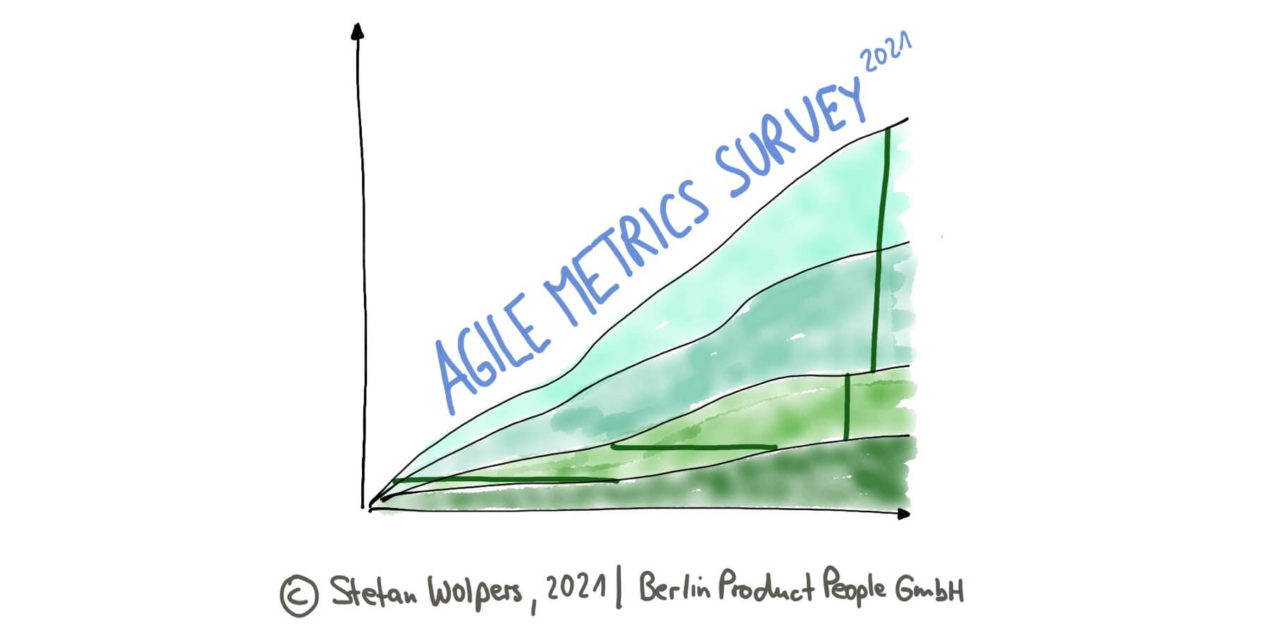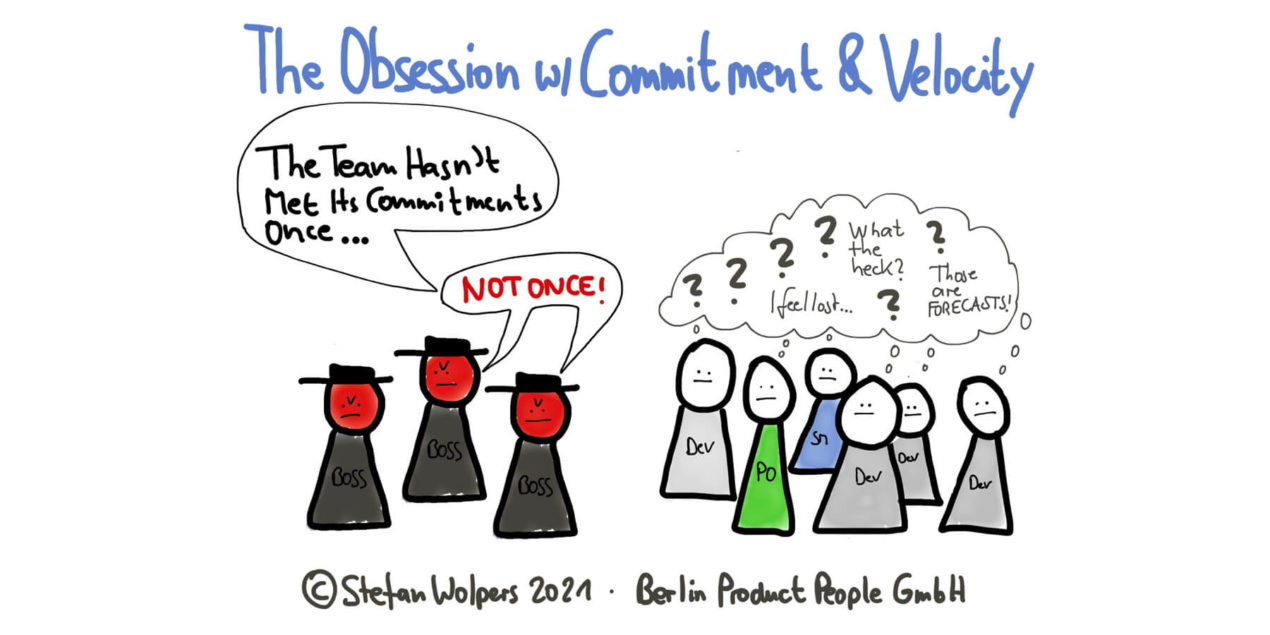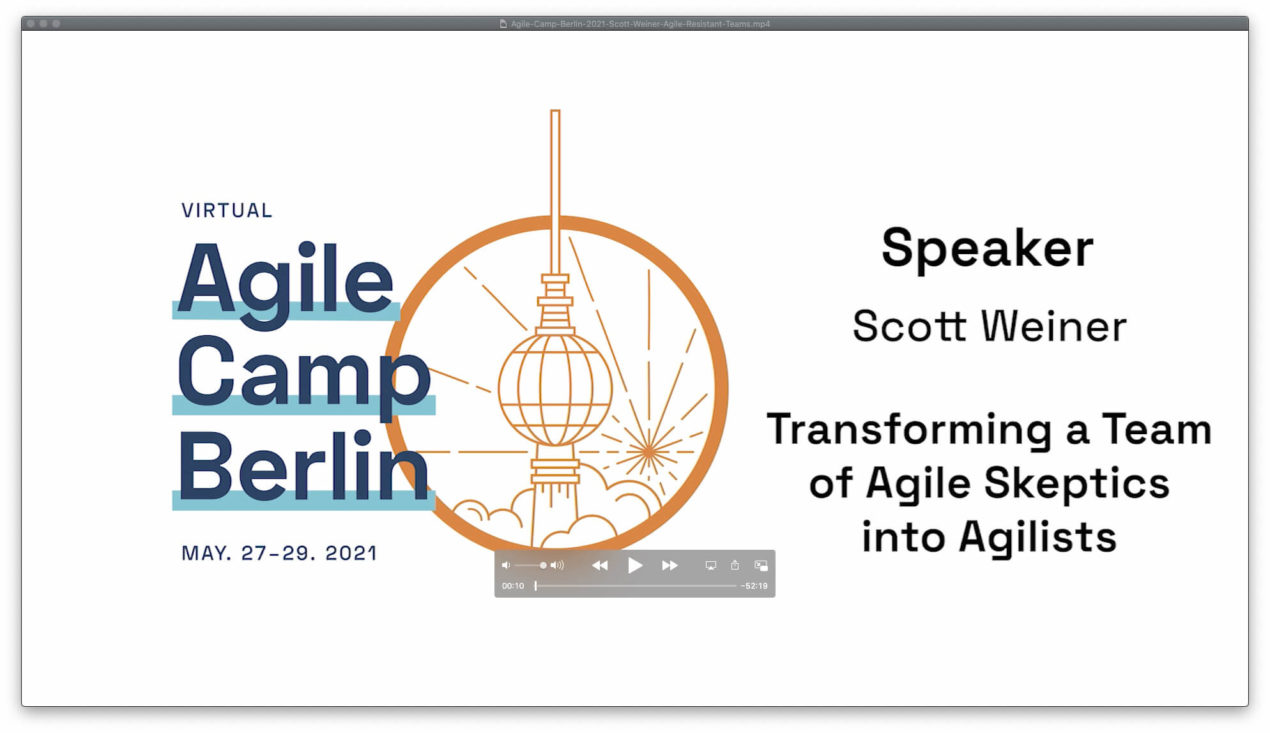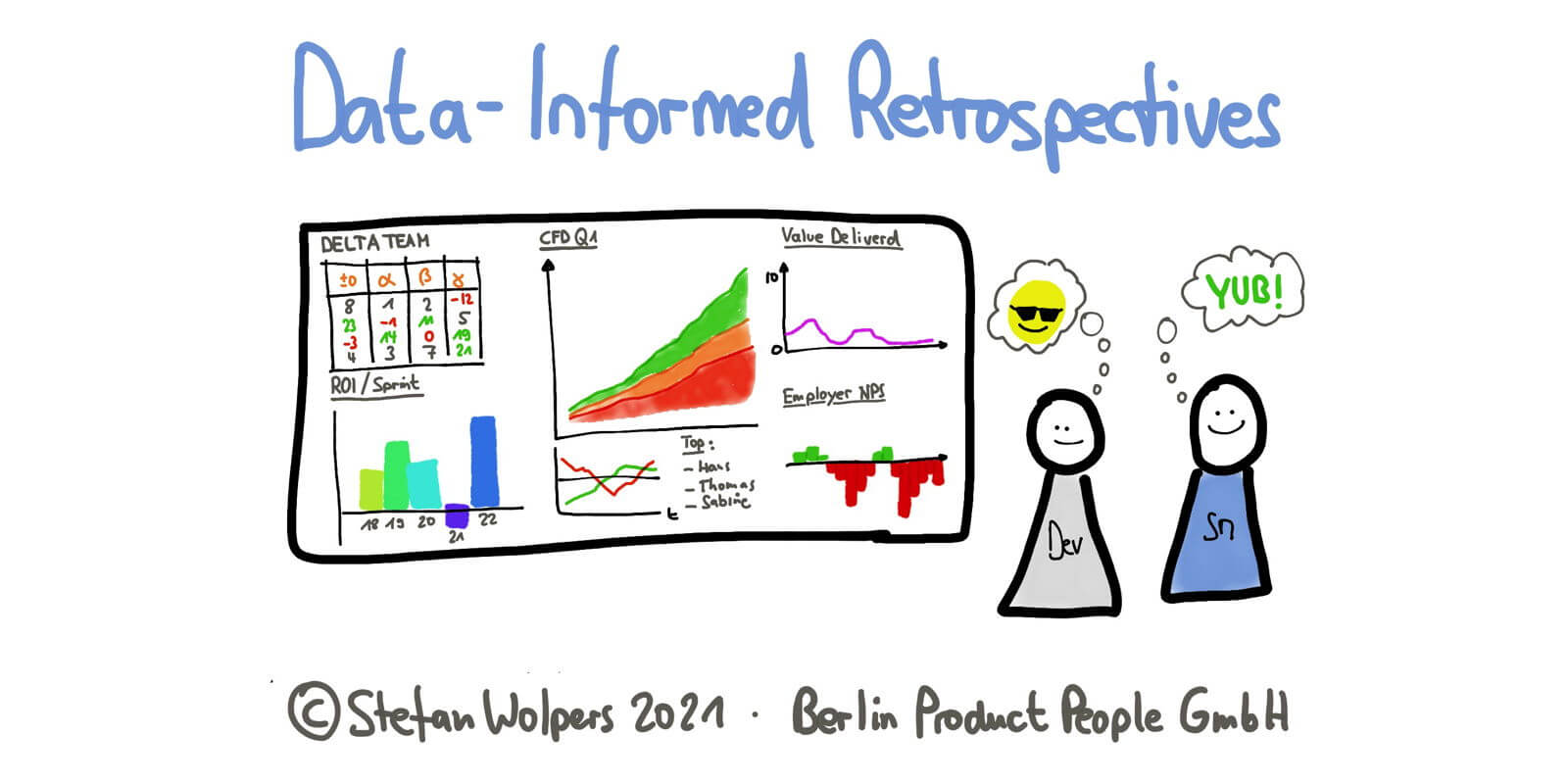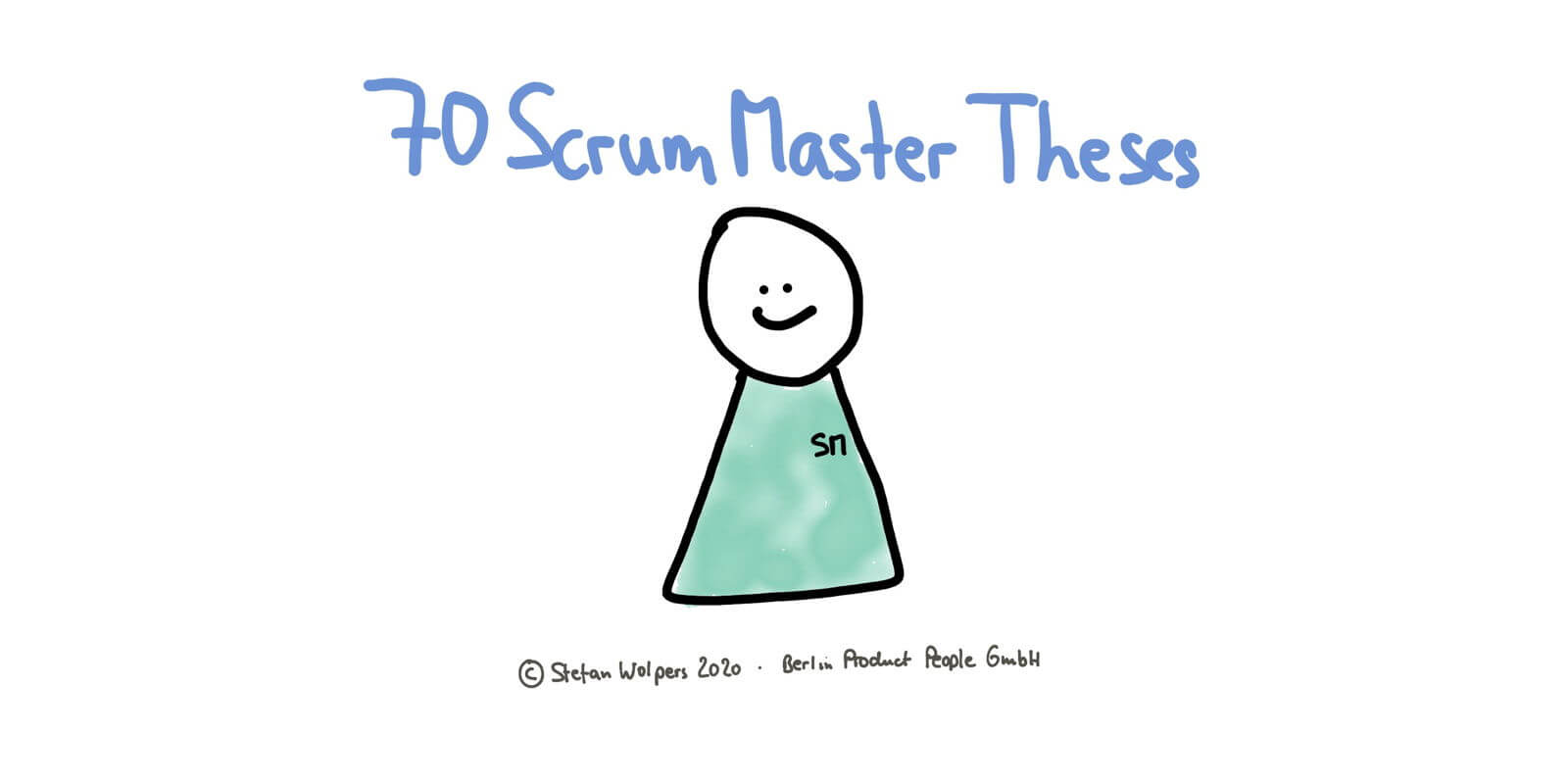Welcome to the Download Page of the ”Agile Metrics Survey 2021”
If you value agile practices, it is crucial to know if a job offering or a prospective business partner that claims to be “agile” really keeps its promises. Unfortunately, as agility usually cannot be observed directly, and certainly not from the outside of an organization, there is no way of knowing in advance if you will enter an agile environment that serves your own working needs or if a lot of frustration lies ahead of you.
Therefore, we ran an extensive survey throughout 2020 and 2021 with more than 1,000 participants from all walks of agility. With the Agile Metrics Survey 2021, we present the first results and conclude with some thoughts about possible application scenarios of our instrument as well as possible next steps in our research.
Download your copy of the Agile Metrics Survey 2021 now:
Please note that you will not be able to download the PDF without having JavaScript enabled.
Agile Metrics Survey 2021 — Related Posts
Agile Metrics — The Good, the Bad, and the Ugly
Faking Agile Metrics or Cooking the Agile Books
Spark a cargo cult discussion with the ‘State Of Agile’ checklist for your organization.
